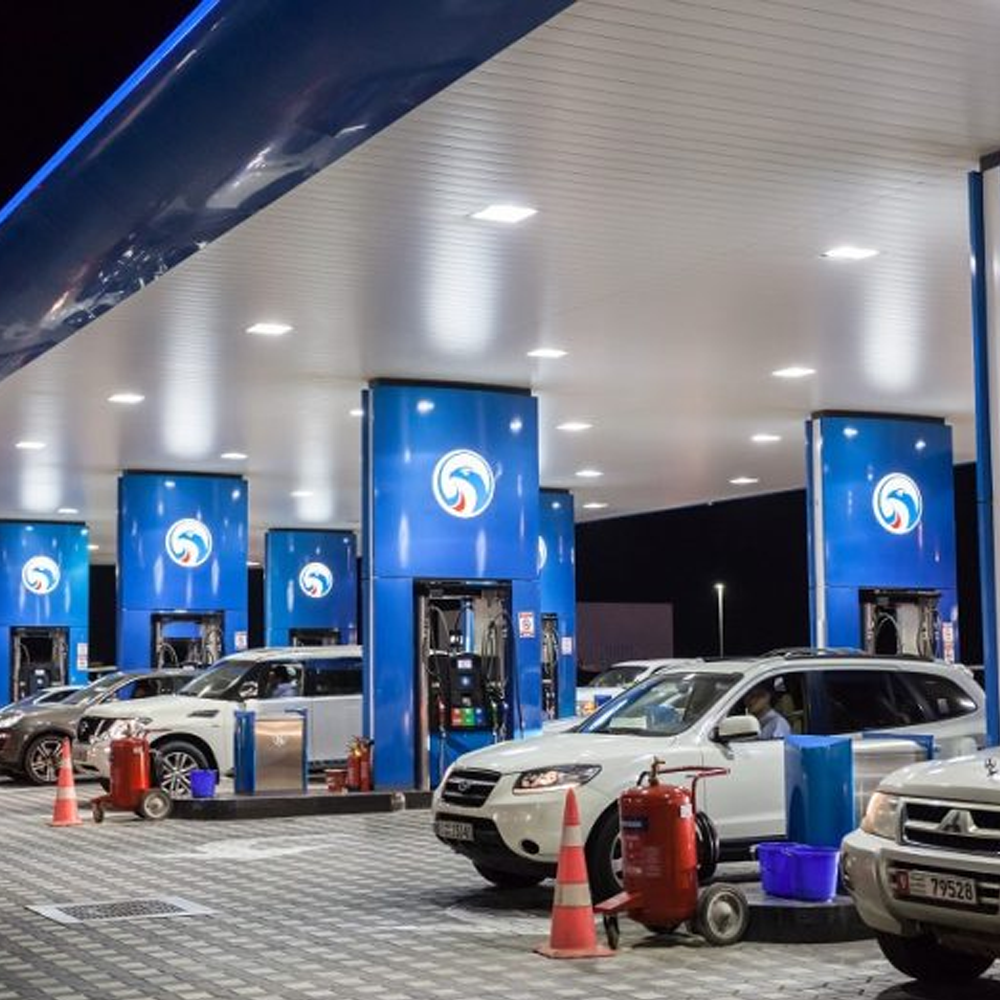Gasoline 98
– Ultimate performance
– Can ‘clean’ injectors, engine etc.
– Most performance cars demand only 98
– A much bigger price jump from 95 usually
Those numbers – 91, 95 and 98 – are the so-called ‘octane rating’ of the fuel. They’re all about the same in terms of energy content. What octane really represents is a fuel’s resistance to burning too early inside your engine. If premature ignition occurs, it causes ‘pinking’ or ‘pinging’ (same thing), which is mechanically destructive at high revs and large throttle openings.
Carmakers design engines for a minimum octane rating.
- If your fuel flap says ‘unleaded petrol only’, it means 91 octane fuel is acceptable.
- If it says ‘premium unleaded only’, then at least 95 octane is required.
- If it specifies 98, you must use 98 octane fuel.
Using a higher octane fuel than required won’t hurt your engine. For example, using 95 or 98 in an engine designed for 91 is fine. However, using a lower octane than recommended (e.g. 91 in a 95/98-rated engine) is potentially destructive.
If you run an engine on a higher octane fuel than the minimum recommended, you may experience slightly better fuel economy or performance, depending on your driving style. In practice, however, the improvement is usually minimal, and the price premium of higher octane fuel often outweighs the benefits. Therefore, it’s not always economically rational to run 98 in an engine designed for 91, even though it might operate slightly more smoothly.
You may need to do your own calculations:
- If you gain 10% better fuel economy with 98, and the price difference at the pump is less than 10%, it could be more cost-effective to use 98.
- However, 98 is often significantly more expensive than 91, which can nullify any benefits.
- Many modern vehicles no longer require 91 and can instead run on E10, a more affordable and increasingly common fuel blend.



